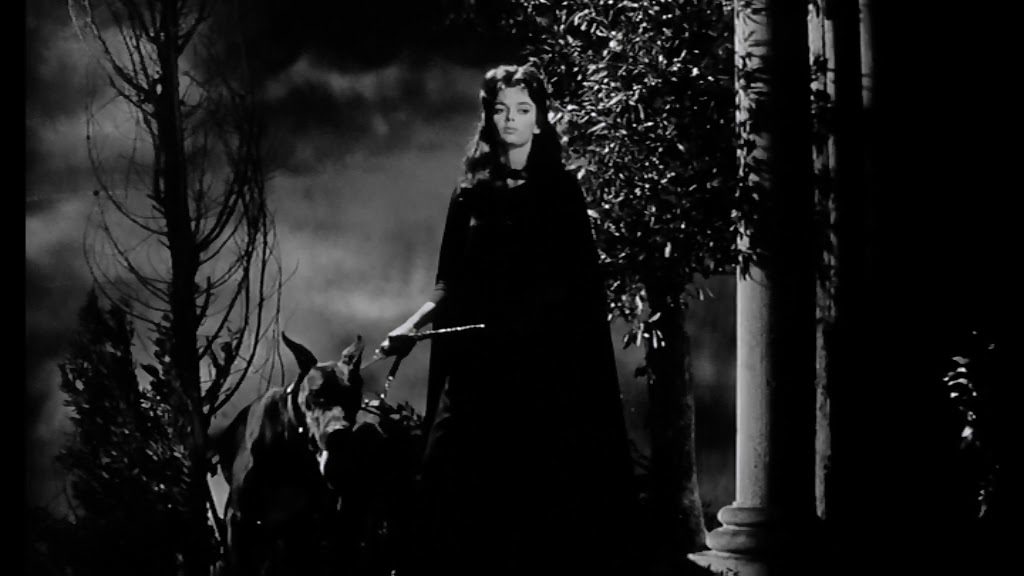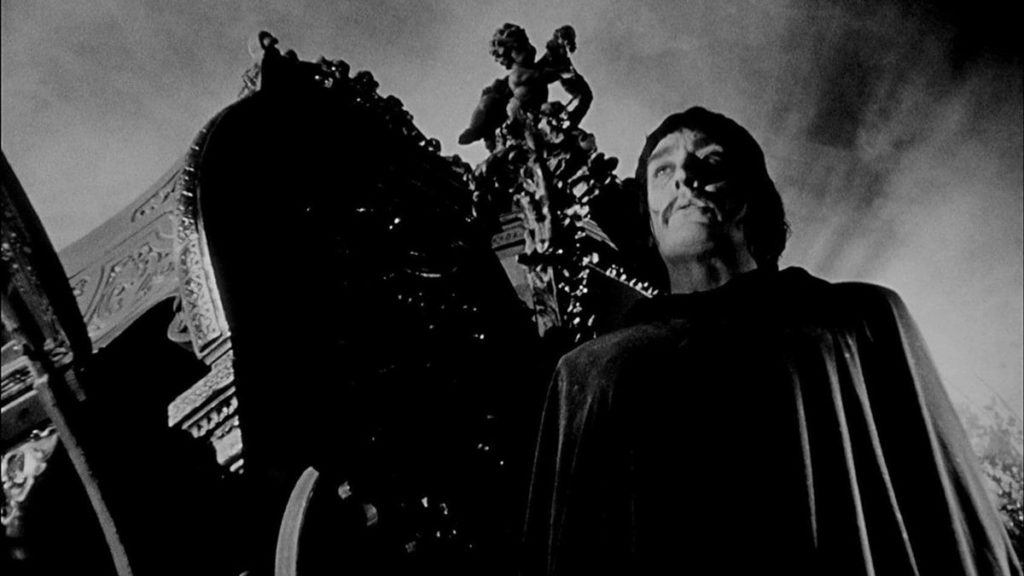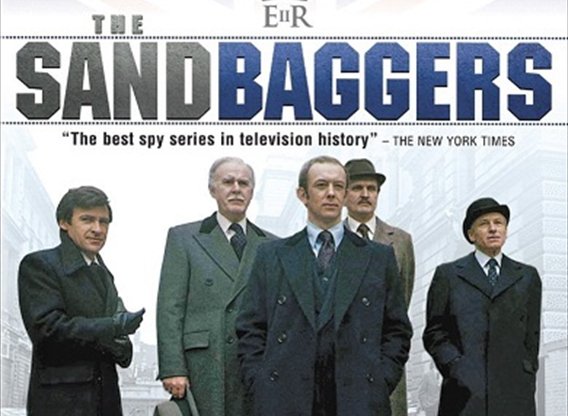This will be my last post on RBC, which closes shop in less than two weeks. My first reflection was on Mark Kleiman as a blogger, my second was on my own experience of blogging here, and this last is about the phenomenon of blogging more generally.
When future historians recount the development of writing and publishing centuries from now, they will likely mention the invention of alphabets, parchment, the printing press, book binding, and copyright protection. They will without doubt also mention the development of the Internet, which transformed writing and publishing as surely as it did almost every other aspect of human existence.
Beginning around the late 1990s and continuing into the aughts, you could not swing a cat without hitting someone who was starting a blog that focused on politics, public policy, or both. The technology made it cheap, magazine and newspaper editors were no longer exclusive gatekeepers, and people who felt they had many important things to say had their chance.
I would emphasize “felt” in the prior sentence because many of those guys (they were overwhelmingly guys) were wrong and only produced mediocre content, typically for less than a year before they exhausted themselves (and their readers, if they had any). Gerry Marsden was interviewed once about how his group (The Pacemakers), The Beatles, and many other Liverpool bands were sent to Hamburg by their managers, where they played in clubs 4-6 hours a night, 6 or 7 days a week. As he put it, if you fundamentally had talent and creativity, you survived and got better, but a lot of bands figured out they only ever were going to come up with a few decent songs and they wisely quit (or got fired). Blogging was like that and the number of failed bloggers quickly came to outnumber the successful. Mark Kleiman survived this Darwinian challenge as did a group of his contemporaries, many of whom were or maybe still are on the blogroll at the right side of this page.
What Was Achieved
At their best, the cohort of policy/politics bloggers provided fresh viewpoints that ventured helpfully beyond the then-acceptable range of discussion. They also expanded the audience for some exciting, relevant research that would otherwise only have been known within the academy. That in turn sometimes translated into greater public or political willingness to re-imagine some public policies.
The blogging onslaught also challenged traditional media outlets. RBC for example became the go to source for serious drug policy analysis for many major publications that had previously only had screeching ideologues to quote (something our drug policy trolls never got was how they gave the site credibility by providing a sharp contrast between themselves and the people at the grown-ups table). Other blogs became important fact checkers/auditors of national outlets and columnists, a number of whom started vetting their pieces with expert bloggers before taking them public in NYT et al.
At the same time, because so many bloggers were volunteers, we inadvertently hurt some fine media outlets that were dependent on paid subscribers, which also of course meant hurting some good journalists who needed a salary. One indicator that this was occurring was how many heavyweight bloggers and in some cases whole blogs started getting bought up by newspapers and magazines who didn’t want the competition.
Why It Collapsed
Some voluntary policy/politics bloggers are still at it and I salute their industry and persistence. But there are now countless dead policy/politics blogs out there (including within the RBC blogroll). In my view, two distinct things hurt.
First, paid journalism collapsed as the Internet-unleashed forces (especially Facebook and Google) suctioned off advertising revenue. Many outstanding bloggers who worked for small magazines and regional newspapers went under along with the ship upon which they were sailing.
Second, social media blew up as a phenomenon. The shorter, easier to write content of Twitter and Instagram pulled many eyeballs away from blogs. And those media are not conducive to the long-form, more carefully considered product in which blogs specialized. RBC was among those affected both in terms of losing readers but also bloggers’ attention — Mark for example loved Twitter and spent a lot of time on it, which took away from his blogging time; other bloggers followed a similar course.
Even if my friend were still alive, I think RBC would have continued to wind down in the years to come as its readers and writers moved on to other things. I’ve personally come to terms with it and the decline of policy blogging in general. Yes, an era is over, but we had a pretty good innings, didn’t we?


/cdn.vox-cdn.com/uploads/chorus_image/image/65885353/1193502582.jpg.0.jpg)





